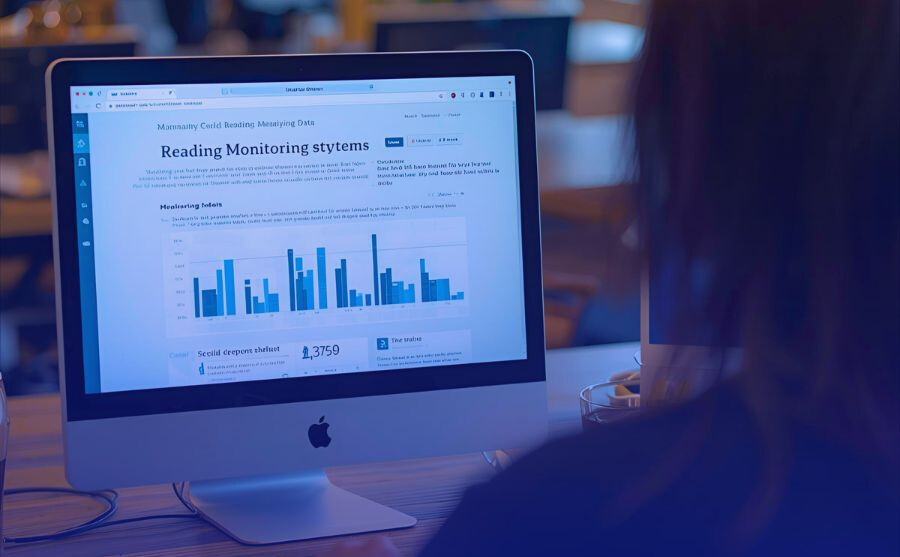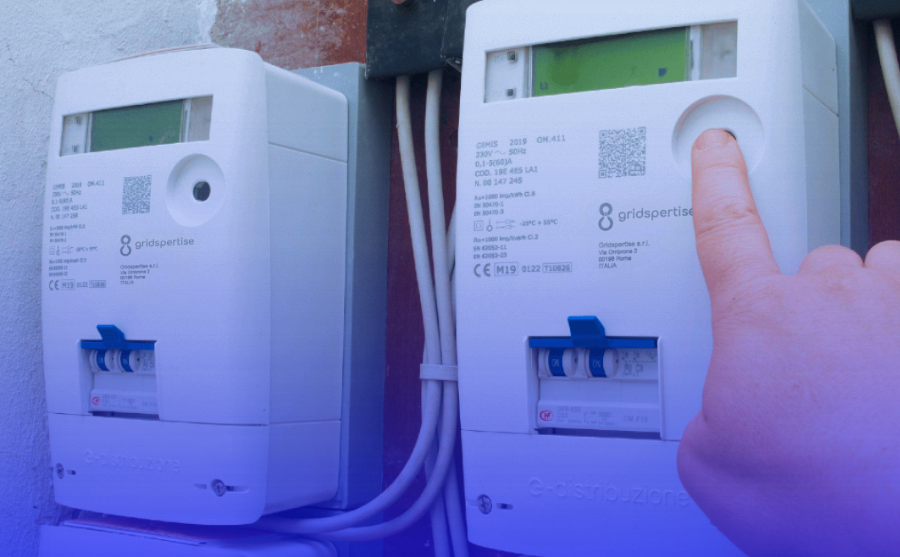

9/29/2025



Since the energy transition has contemplated the use of technologies with which it is also possible to produce energy and not only take it from the grid, the classical concept of the grid has changed. In the latter case, the user who owns, for example, a photovoltaic system, in addition to drawing electricity from the grid to power his or her own household appliances, can also transfer his or her own to the grid. In such cases, the electricity meter that his household will use to measure electricity flows will be called ‘bidirectional’.
The bidirectional meter is an advanced metering device that can record both the electricity taken from the grid and the electricity fed in. It has become particularly important with the spread of domestic renewable energy production systems, such as photovoltaic panels.
In more traditional circumstances, until the first smart meters, electricity grid users had a meter, jargonily called a ‘passive’ meter, connected to measure their consumption. With the one-way meter, the user could only verify the amount of energy consumed. However, thanks to the massive rollout with first- and second-generation electricity meters, the houses of all users now have a new meter capable of measuring both the energy withdrawn from the grid and the energy fed in, after it has been produced.
This is because, today, a user can also be a producer, as well as a user, of electricity, as the owner, for example, of a photovoltaic system. In this case, his electricity system changes radically, allowing him to sell the energy produced to the grid. Furthermore, it is not uncommon for a surplus of production to occur, in which part of the energy produced ends up in the public grid, giving rise to the so-called ‘energy exchange’. To manage this exchange, users must have an electricity meter capable of measuring the energy consumed and fed into the grid, i.e. a bidirectional meter.
The operation of the bidirectional electricity meter is based on the following:
Thus, the data stored in the meter follow two directions. In the first case, the measurements of Energy Withdrawn from the electric grid, i.e. consumption, are used for billing. On the other hand, the totals of Energy fed into the grid will also be transmitted to the GSE to calculate incentives.
It is possible to better understand the two scenarios through examples. Let us imagine that a photovoltaic system is installed in our houses, the possible scenarios are, of course, two:
In addition to the measurement of energy withdrawn and consumed, the functions of the bidirectional meter are diverse and constitute significant advantages for those who use it to its full potential. In fact, the bidirectional meter:
In Italy, the most widespread model is the latest generation digital meter, which in addition to bi-directionality offers smart functions such as:
For those who have a photovoltaic system or are thinking of installing one, the bidirectional meter is an indispensable element. It is installed by the electricity grid operator (usually free of charge) when the production system is activated. It is worth noting that these meters are becoming more and more sophisticated, with the integration of smart home functionality and the possibility of app-based management, representing a key piece in the transition towards a smarter and more sustainable electricity grid.

Want to know more?
We’d be happy to talk more in detail about your needs and explore how we can become your ideal partner, to assist you in your business venture of innovation, digitization and sustainability